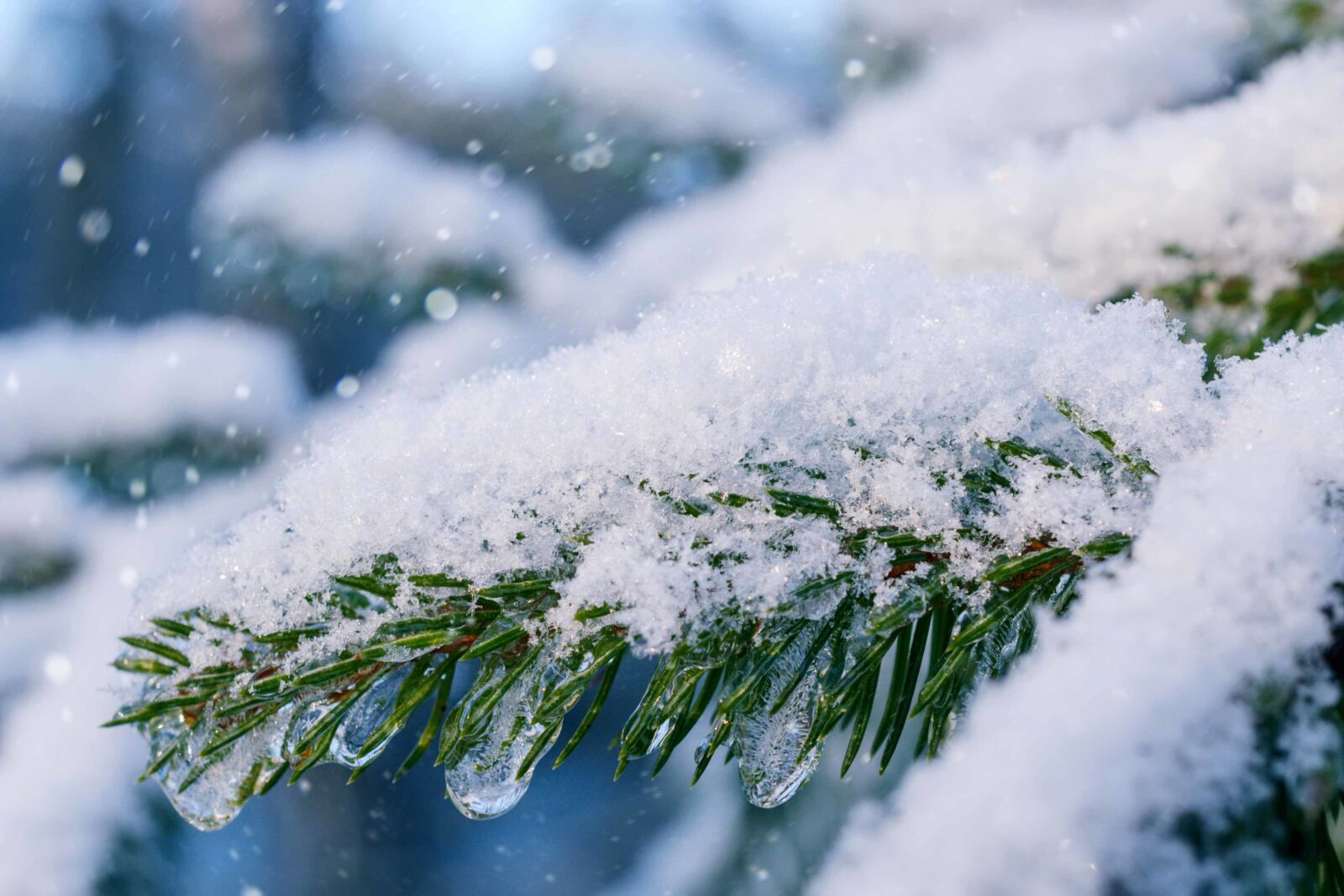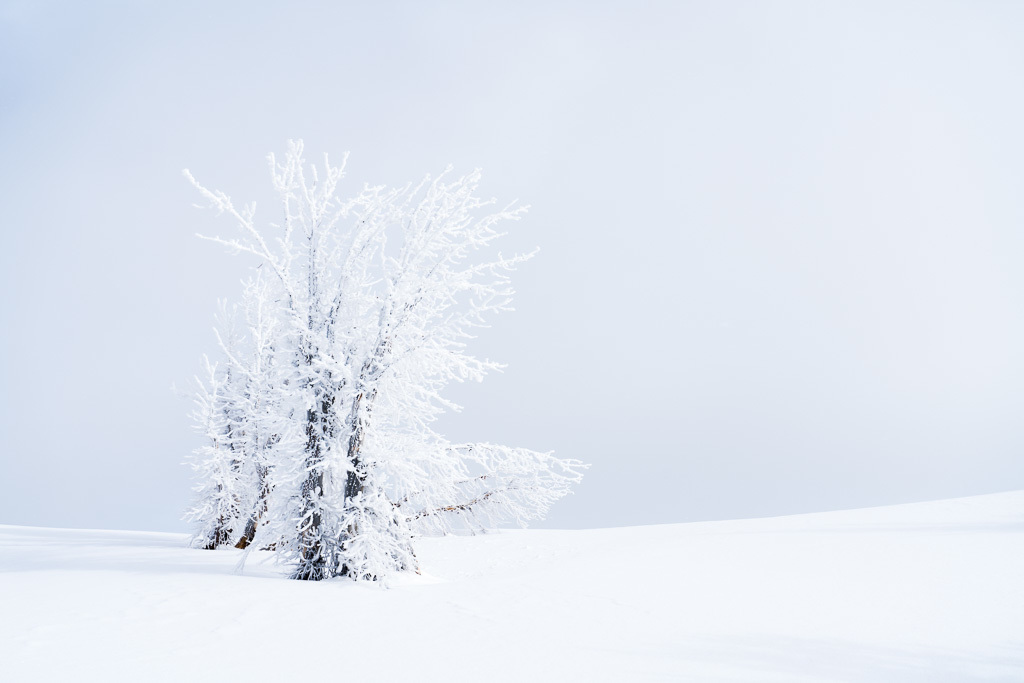Have you ever wondered how trees endure the freezing temperatures of a cold winter? Since they can’t hibernate or migrate to warmer climates, trees have developed several ways to tolerate the cold and survive to warmer spring days.
They have bark
Bark provides insulation and protection against freezing and cracking during the winter. Tree bark comes in different textures, densities, and colors - variations that can help a tree tolerate cold temperatures by reflecting light and dispersing heat.

Photo by the NFF
They drop their leaves or have needle leaves
Broadleaf, deciduous trees lose their leaves in the winter to reduce water loss. Most needle-leaved trees, known as conifers, retain needles year round - with exceptions such as larch and bald cypress trees – only losing older, damaged needles. Needles are better at retaining water than broadleaves thanks to their small surface area and waxy outer coating that limits water loss to transpiration, the evaporation of water from leaves.

Photo by Nordroden/istock.com
They slowly increase their cold tolerance at the cellular level
Trees begin to prepare for an oncoming winter in late summer as daylight hours decline, entering a dormant state and reaching their adapted tolerance by mid-winter. Through a combination of cellular changes that involve shrinkage, dehydration, and sugar concentration, the cells harden and become glasslike. This helps prevent freezing and damage to living cells.

Photo by Anthony Pavkovich
What happens when they just can’t take it?
While trees have evolved amazing strategies for withstanding the winter cold, sometimes it gets so cold that trees can explode. Yes, you read that right. During spells of extreme cold or when trees haven’t had time to acclimate, the life-sustaining sap inside a tree can begin to freeze. Sap contains water so it expands when frozen, putting pressure on the bark, which can break and create an explosion. There are numerous historic and current observations of trees exploding due to extreme cold.
Photo by wikimedia user Smartse
On your next visit to a National Forest this winter, take a fresh look at the trees surrounding you and impress your friends with your knowledge of tree adaptations to cold temperatures.
This blog post is sponsored by NFF tree-planting partner Planet Home Lending. Through their Planet with a Purpose initiative, Planet Home Lending has planted 155,000 trees on National Forests since 2019.
Cover photo by the U.S. Forest Service.
--------
Did you learn something new in this blog post? We hope so. Every day, the NFF educates and inspires Americans about that most familiar and fundamental component of forests…trees! All our work on trees – from communications to field programs to carbon and more – depends on unrestricted gifts from people like you. Will you join us to ensure this critical work continues? Simply click here to join thousands of others who care about trees and much more.

